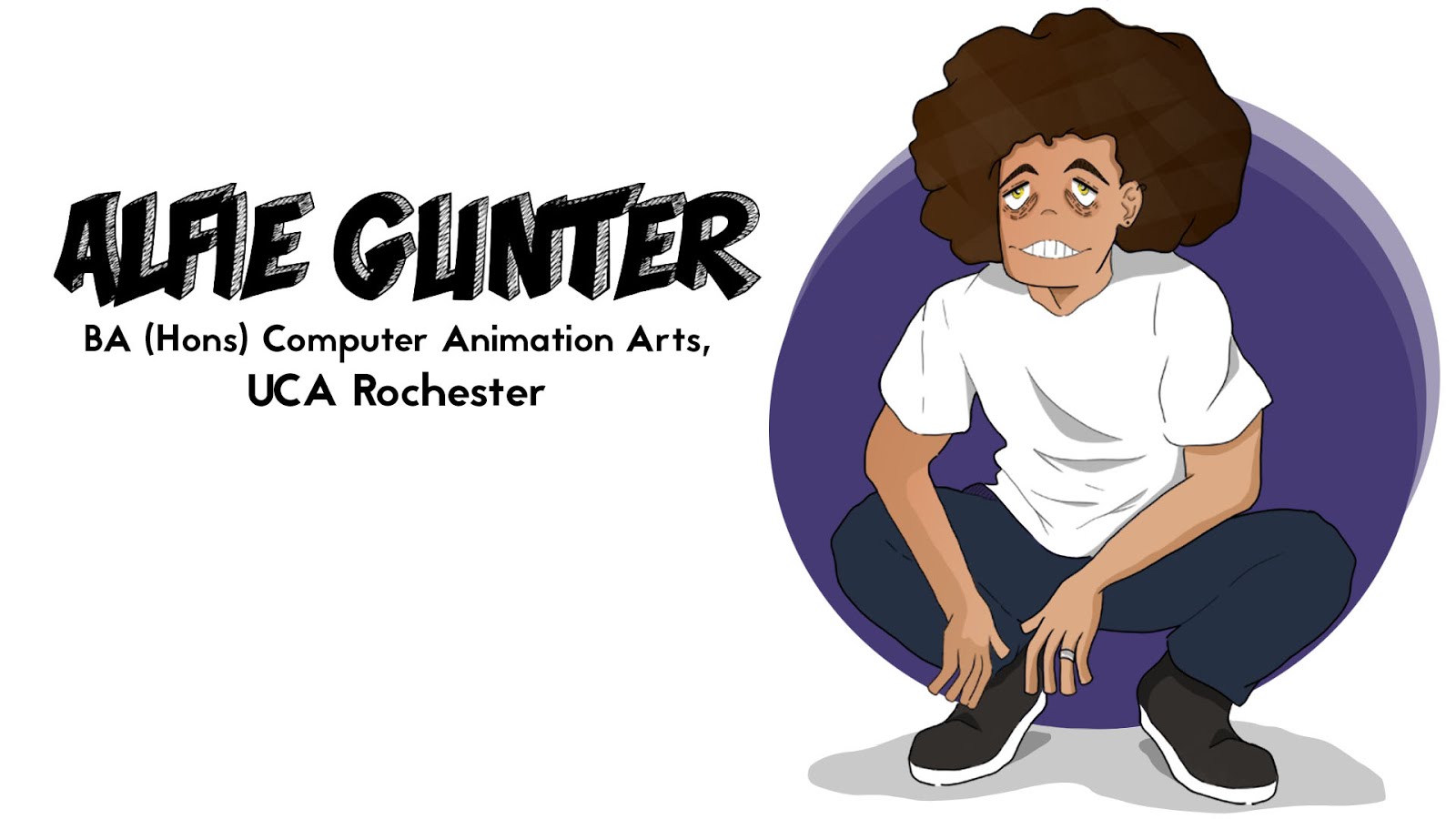(Poster)
'Picnic at Hanging Rock' (1975) is definitely a mysterious film that leaves its audiences guessing. The mystery of the story comes in different forms, through lack of information and the use of music. Set in Australia, the story revolves around school girls that go on a picnic trip on Valentines day. However, three of the students disappear as well as a teacher only to find one of the missing girls a week after disappearing with no memory of what happened.
(Movie Still)
Throughout the film there is a lot of details that are withheld from the audience, this opens up the film to theories and guesses as to what happened. "lacking any final explanation, it exists as an experience." (Ebert,1998) The film seems to leave little hints as to what happened to the missing students and teacher. When the one student is found she then comes back to the school to say her goodbyes to the other girls. She is wearing a red dress and looks a lot more mature than she does at the beginning of the film. it can be inferred that there is sexual connotations and that she gained "experience" while being gone on the rock and has become a woman. As well as red being referred to in a sexual way in film her dress makes her stand out from the rest of the girls who are in white which usually symbolises purity. This doesn't explain what happened to the other two missing girls and the teacher but it's a possibility. Other parts of the film also link to sexuality, which considering the school is teaching these girls to be ladylike is shunned upon. The teacher that goes up the rock is said to be walking without underwear on which as mentioned is unusual for a school teaching young girls to be ladylike. These scenes in the film add to the mystery surrounding the rock and how it seems to effect its surroundings.
(Movie Still)
The film presents shots with soft lighting, double exposure and different angles. This is pointed out by Buckmaster too, "some of its most memorable moments involve dreams and dream-like imagery." (Buckmaster, 2014) The film also includes this dreamlike element into the plot too. For example a line from Micheal the boy who sees the girls go up to the rock the day that they disappear. "It keeps coming back to me in my dreams." The rock is seems to put people into a trance, the way in which the three girls walk up the rock is like they no longer know what they are doing. It's also this point is emphasised by the way the girls ignore the fourth one yelling for them to come back. Lastly, the music also further adds to this idea of a dream like state.
The score in the film is good at adding to the atmosphere, helping point out specific things (the rock) creating an unsettling feeling. Whenever the rock is on screen it further hints at there being something wrong with the rock. Ebert references director Weir saying, "creating an hallucinatory, mesmeric rhythm, so that you lost awareness of facts" (Ebert, 1998) As mentioned before the score adds to the dreamlike feeling that is created in the film. Although, the music is unsettling it has a whimsical element to it, this is briefly mentioned by Jen, "eerily magical with a sinister underlining.".
Bibliography
Buckmaster, L. (2014). Picnic at Hanging Rock: Rewatching classic Australian films. [online] the Guardian. Available at: https://www.theguardian.com/culture/australia-culture-blog/2014/jan/23/picnic-hanging-rock-rewatching-australian-films [Accessed 7 May 2018].
Ebert, R. (1998). Picnic at Hanging Rock Movie Review (1975) | Roger Ebert. [online] Rogerebert.com. Available at: https://www.rogerebert.com/reviews/great-movie-picnic-at-hanging-rock-1975 [Accessed 7 May 2018].
Letterboxd.com. (2011). A ★★★★½ review of Picnic at Hanging Rock (1975). [online] Available at: https://letterboxd.com/petersquills/film/picnic-at-hanging-rock/ [Accessed 7 May 2018].
Fig 1 & 2: http://horrorcultfilms.co.uk/2013/12/picnic-at-hanging-rock-1975-hcf-rewind/
Fig 3: https://www.dreamtheend.com/?attachment_id=9889










































